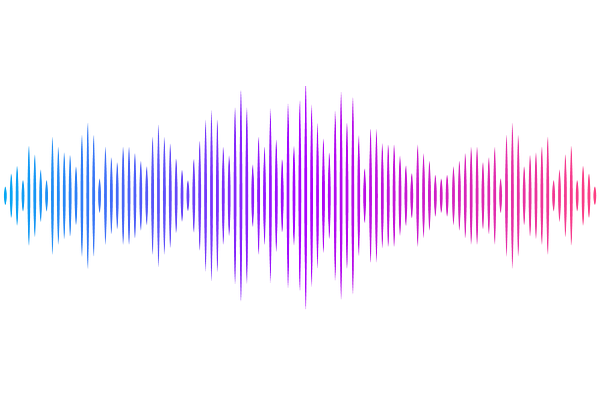Mitochondrial Genome of the lesser known - Madras Hedgehog (Paraechinus nudiventris): Genomic characterization and comparative analysis within Erinaceidae

Mitochondrial Genome of the lesser known - Madras Hedgehog (Paraechinus nudiventris): Genomic characterization and comparative analysis within Erinaceidae
Vijayan, T.; Meimberg, H.; Kumar, B.
AbstractThe Madras hedgehog (Paraechinus nudiventris) is an understudied species endemic to southern India, with limited genetic data available for understanding its evolutionary history. Here, we present the complete mitochondrial genome (17,232 bp), annotated and analyzed in comparison with other Erinaceidae species. The mitogenome retains the typical vertebrate structure, comprising 14 protein-coding genes, 22 tRNAs, 2 rRNAs, and a non-coding control region, with an A+T rich nucleotide composition. Phylogenetic analyses using Bayesian and maximum likelihood approaches confirmed the species\' placement within Paraechinus, with divergence from P. micropus estimated during the Pleistocene. Molecular evolutionary analyses revealed selective constraints on oxidative phosphorylation genes, with atp8 showing the highest variability. Our divergence time estimates, incorporating fossil calibrations, refine the evolutionary timeline of Erinaceidae, providing insights into the diversification of hedgehogs in South Asia. By making this annotated mitochondrial genome publicly available, we provide a foundational resource for future studies on the genetic diversity, phylogeography, and conservation of P. nudiventris and its relatives. The study also demonstrates the utility of non-invasive sampling methods in generating high-quality genomic data for cryptic mammalian species.